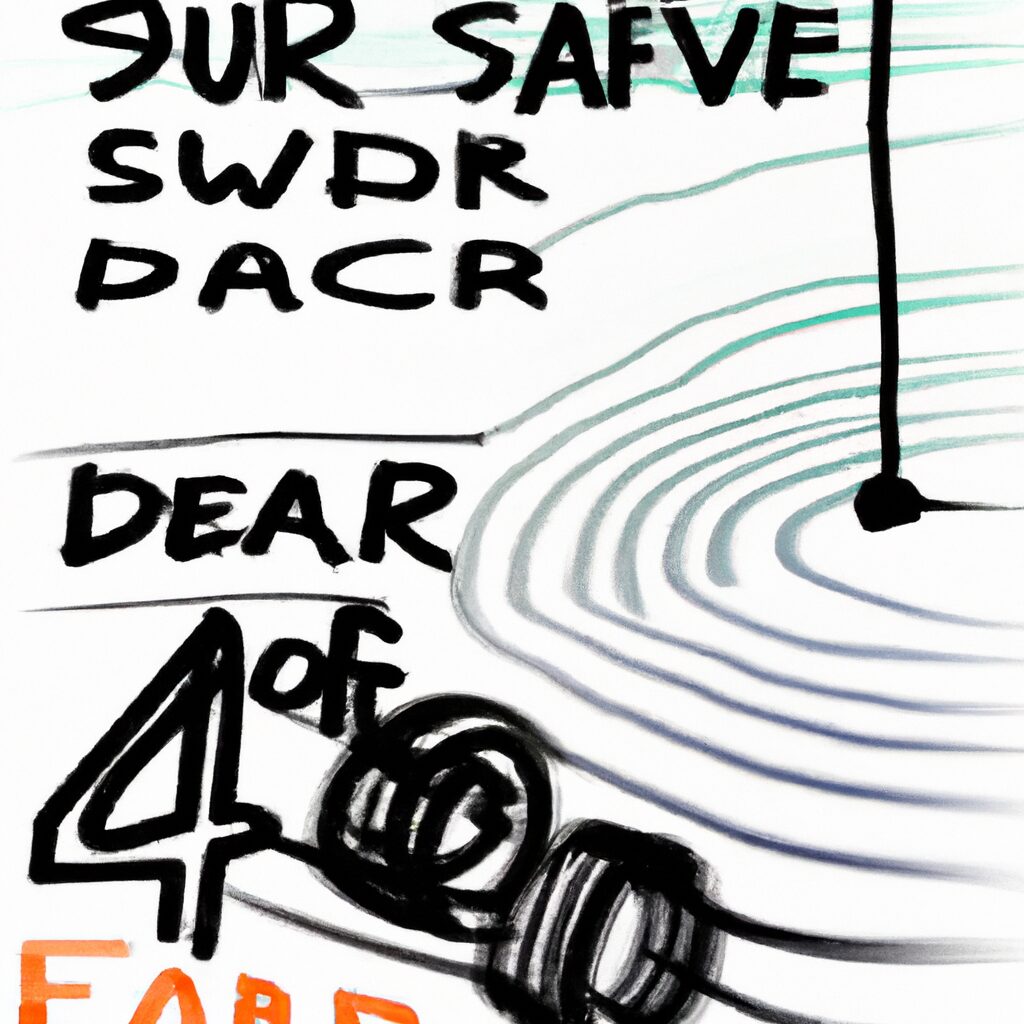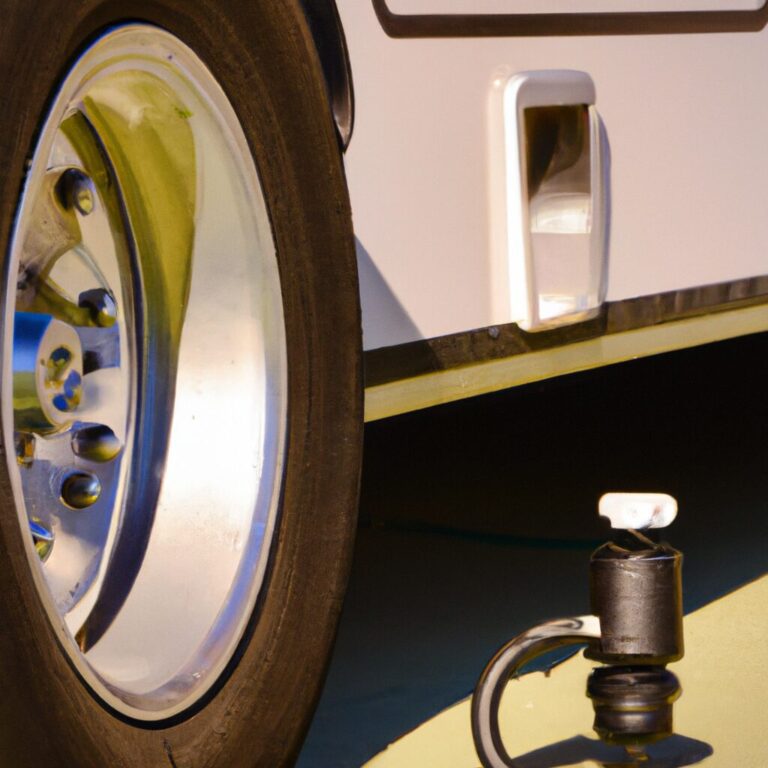how fast can i drive in 4 wheel drive
Introduction
Driving in a 4-wheel drive vehicle can be a great way to get around, but it is important to know the speed limits and safety regulations. Depending on the type of 4-wheel drive vehicle you are driving, the speed you can drive can vary. Generally, 4-wheel drive vehicles can travel at speeds up to 65 mph on highways and 55 mph on city streets. However, it is important to check the speed limit for the area you are driving in, as some areas may have lower speed limits. Additionally, it is important to consider the terrain you are driving on, as driving too fast on rough terrain can be dangerous.
Exploring the Benefits of 4 Wheel Drive: How Fast Can You Go?
Four-wheel drive (4WD) vehicles are becoming increasingly popular due to their superior performance in off-road conditions. 4WD vehicles are equipped with a transfer case that allows power to be sent to all four wheels, providing increased traction and stability. This makes them ideal for navigating difficult terrain, such as mud, snow, and sand. But how fast can you go in a 4WD vehicle?
The answer to this question depends on several factors, including the type of 4WD system, the terrain, and the driver’s skill level. Generally speaking, 4WD vehicles can reach speeds of up to 80 mph on paved roads. However, this speed can be reduced significantly when driving on off-road terrain.
When driving on off-road terrain, the speed of a 4WD vehicle is limited by the traction available. The more difficult the terrain, the slower the vehicle will be able to travel. For example, a 4WD vehicle may be able to reach speeds of up to 40 mph on a dirt road, but may only be able to reach speeds of 10 mph when driving on a muddy trail.
In addition to terrain, the type of 4WD system can also affect the speed of the vehicle. For example, a part-time 4WD system is designed for use on paved roads and will not provide the same level of traction as a full-time 4WD system. As a result, a part-time 4WD vehicle may be limited to speeds of up to 60 mph on paved roads.
Finally, the driver’s skill level can also affect the speed of a 4WD vehicle. Experienced drivers are able to take advantage of the increased traction and stability of a 4WD vehicle to navigate difficult terrain at higher speeds. Inexperienced drivers, on the other hand, may find it difficult to control the vehicle at higher speeds and may be limited to slower speeds.
In conclusion, the speed of a 4WD vehicle is determined by a variety of factors, including the type of 4WD system, the terrain, and the driver’s skill level. Generally speaking, 4WD vehicles can reach speeds of up to 80 mph on paved roads, but this speed can be reduced significantly when driving on off-road terrain.
The Pros and Cons of 4 Wheel Drive: How Fast Can You Drive?
Four-wheel drive (4WD) is a type of vehicle drivetrain that allows all four wheels to receive power from the engine simultaneously. It is often used in off-road vehicles and in some sports cars. While 4WD offers many advantages, it also has some drawbacks. This article will discuss the pros and cons of 4WD and how fast you can drive with it.
Pros
The primary advantage of 4WD is improved traction. With all four wheels receiving power, the vehicle is able to maintain better grip on slippery surfaces such as mud, snow, and ice. This makes 4WD vehicles ideal for off-road driving and in inclement weather. Additionally, 4WD vehicles are often more capable of towing heavy loads than their two-wheel drive counterparts.
Cons
The main disadvantage of 4WD is that it can be more expensive to purchase and maintain than two-wheel drive vehicles. Additionally, 4WD vehicles tend to be heavier and less fuel-efficient than two-wheel drive vehicles. This is due to the extra weight of the drivetrain components and the fact that all four wheels are receiving power from the engine.
How Fast Can You Drive?
The speed at which you can drive with 4WD depends on the type of vehicle and the terrain. Generally speaking, 4WD vehicles can reach higher speeds on paved roads than on off-road terrain. However, it is important to note that driving too fast on off-road terrain can be dangerous and can cause damage to the vehicle. It is best to consult the owner’s manual for the specific speed limits for your vehicle.
4 Wheel Drive: What Are the Speed Limits?
The speed limits for four-wheel drive vehicles vary depending on the type of road and the jurisdiction in which the vehicle is being driven. Generally, the speed limit for four-wheel drive vehicles on highways is the same as for other vehicles, which is typically between 65 and 75 miles per hour. On residential streets, the speed limit is usually 25 to 35 miles per hour.
In some jurisdictions, four-wheel drive vehicles may be subject to different speed limits than other vehicles. For example, in some areas, four-wheel drive vehicles may be allowed to travel at higher speeds on certain roads, such as dirt roads or off-road trails. In other areas, four-wheel drive vehicles may be subject to lower speed limits than other vehicles, such as on mountain roads or in areas with heavy snowfall.
It is important to check the local laws and regulations before driving a four-wheel drive vehicle, as the speed limits may vary from one jurisdiction to another. Additionally, it is important to drive safely and responsibly, regardless of the speed limit.
4 Wheel Drive: What Are the Safety Considerations?
When driving a four-wheel drive vehicle, it is important to take into account the safety considerations that come with this type of vehicle. Four-wheel drive vehicles are designed to provide increased traction and stability on slippery surfaces, such as snow, mud, and sand. However, this increased traction and stability can also lead to an increased risk of rollover accidents.
When driving a four-wheel drive vehicle, it is important to be aware of the increased risk of rollover accidents. To reduce the risk of rollover accidents, it is important to drive at a safe speed and to avoid sudden turns or maneuvers. It is also important to be aware of the vehicle’s weight distribution and to ensure that the vehicle is loaded properly.
In addition to the risk of rollover accidents, four-wheel drive vehicles can also be more difficult to control in certain conditions. For example, four-wheel drive vehicles can be more difficult to control on wet or icy roads. It is important to be aware of the conditions of the road and to adjust your driving accordingly.
Finally, it is important to be aware of the increased maintenance requirements of four-wheel drive vehicles. Four-wheel drive vehicles require more frequent maintenance than two-wheel drive vehicles, including regular oil changes, tire rotations, and brake inspections. It is important to follow the manufacturer’s recommended maintenance schedule to ensure that the vehicle is in good working order.
By taking into account the safety considerations associated with four-wheel drive vehicles, drivers can ensure that they are driving safely and responsibly.
4 Wheel Drive: What Are the Best Practices for Driving at High Speeds?
Driving at high speeds can be dangerous and should only be done in certain circumstances. It is important to follow best practices when driving at high speeds to ensure the safety of yourself and others. Here are some of the best practices for driving at high speeds:
1. Make sure your vehicle is in good condition. Before driving at high speeds, make sure your vehicle is in good condition. Check the brakes, tires, and other components to ensure they are in good working order.
2. Be aware of your surroundings. When driving at high speeds, it is important to be aware of your surroundings. Pay attention to other vehicles, road conditions, and any potential hazards.
3. Follow the speed limit. Always follow the posted speed limit. Driving at high speeds can be dangerous and can result in serious consequences.
4. Use caution when passing. When passing other vehicles, use caution and make sure you have enough room to safely pass.
5. Avoid distractions. Distracted driving can be dangerous, especially when driving at high speeds. Avoid using your phone, eating, or engaging in any other activities that can take your focus away from the road.
By following these best practices, you can help ensure your safety and the safety of others when driving at high speeds.
4 Wheel Drive: What Are the Legal Implications of Driving Too Fast?
Driving too fast is a serious offense that can have serious legal implications. Depending on the jurisdiction, driving too fast can result in a variety of penalties, including fines, license suspension, and even jail time.
In most jurisdictions, driving too fast is considered a moving violation. This means that the driver will be issued a ticket and will be required to pay a fine. The amount of the fine will vary depending on the jurisdiction and the severity of the offense. In some cases, the driver may also be required to attend a driver safety course or to perform community service.
In some cases, driving too fast can result in a license suspension. This means that the driver will not be allowed to operate a motor vehicle for a certain period of time. The length of the suspension will depend on the severity of the offense and the jurisdiction. In some cases, the driver may be required to attend a driver safety course or to perform community service in order to have their license reinstated.
In extreme cases, driving too fast can result in jail time. This is usually reserved for cases where the driver was driving recklessly or was involved in an accident that resulted in serious injury or death.
It is important to remember that driving too fast is a serious offense and can have serious legal implications. It is important to obey all speed limits and to drive safely at all times.
4 Wheel Drive: What Are the Benefits of Driving at High Speeds?
Driving at high speeds can be a thrilling experience, but it also comes with a number of risks. Despite the risks, there are some benefits to driving at high speeds.
One of the main benefits of driving at high speeds is that it can save time. When you are driving on a long stretch of highway, driving at a higher speed can help you get to your destination faster. This can be especially beneficial if you are running late or need to get somewhere quickly.
Another benefit of driving at high speeds is that it can be more efficient. When you drive at a higher speed, you can cover more ground in less time. This can help you save fuel and reduce your overall emissions.
Finally, driving at high speeds can be a great way to test your driving skills. When you drive at a higher speed, you have to be more aware of your surroundings and be able to react quickly to any potential hazards. This can help you become a better and safer driver.
Overall, driving at high speeds can have some benefits, but it is important to remember that it also comes with a number of risks. It is important to be aware of the risks and take the necessary precautions when driving at high speeds.
4 Wheel Drive: How to Maximize Your Speed and Safety on the Road?
Driving a four-wheel drive vehicle can be an exhilarating experience, but it is important to remember that it also requires a great deal of responsibility. To maximize your speed and safety on the road, there are several key steps you should take.
First, make sure you are familiar with the vehicle you are driving. Read the owner’s manual and become familiar with the features and capabilities of your four-wheel drive vehicle. This will help you understand how to best use the vehicle and how to maximize its performance.
Second, make sure you are aware of the terrain you are driving on. Four-wheel drive vehicles are designed to handle different types of terrain, but it is important to know the limits of your vehicle. If you are driving on a slippery surface, for example, you may need to reduce your speed to ensure your safety.
Third, make sure you are aware of the weather conditions. Four-wheel drive vehicles are designed to handle different types of weather, but it is important to know the limits of your vehicle. If you are driving in heavy rain or snow, for example, you may need to reduce your speed to ensure your safety.
Fourth, make sure you are aware of the other drivers on the road. Four-wheel drive vehicles are designed to handle different types of traffic, but it is important to know the limits of your vehicle. If you are driving in heavy traffic, for example, you may need to reduce your speed to ensure your safety.
Finally, make sure you are aware of the laws and regulations in your area. Four-wheel drive vehicles are designed to handle different types of roads, but it is important to know the limits of your vehicle. If you are driving on a highway, for example, you may need to reduce your speed to ensure your safety.
By following these steps, you can maximize your speed and safety on the road while driving a four-wheel drive vehicle. Remember to always drive responsibly and be aware of your surroundings.
Q&A
1. How fast can I drive in 4 wheel drive?
The speed you can drive in 4 wheel drive depends on the type of vehicle you are driving and the terrain you are driving on. Generally, you should not exceed the speed limit for the road you are on. Additionally, you should be aware of the terrain and adjust your speed accordingly.
Conclusion
In conclusion, the speed at which you can drive in a 4 wheel drive vehicle depends on a variety of factors, such as the type of terrain, the condition of the vehicle, and the driver’s experience. Generally, it is recommended to drive at a speed that is safe and comfortable for the driver and the vehicle. It is important to remember that driving too fast can be dangerous and can lead to accidents.



